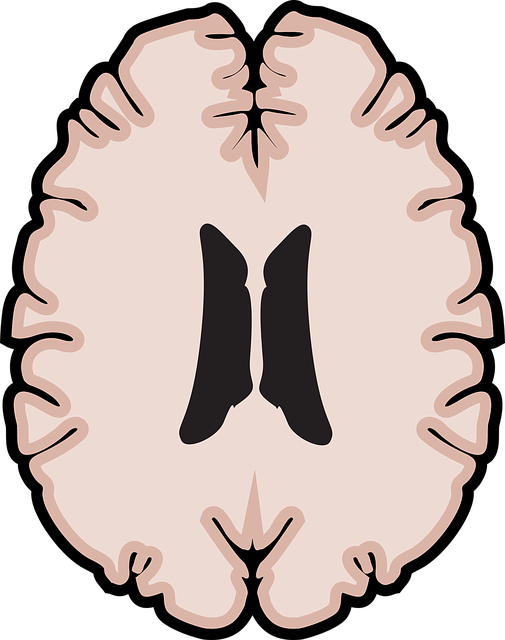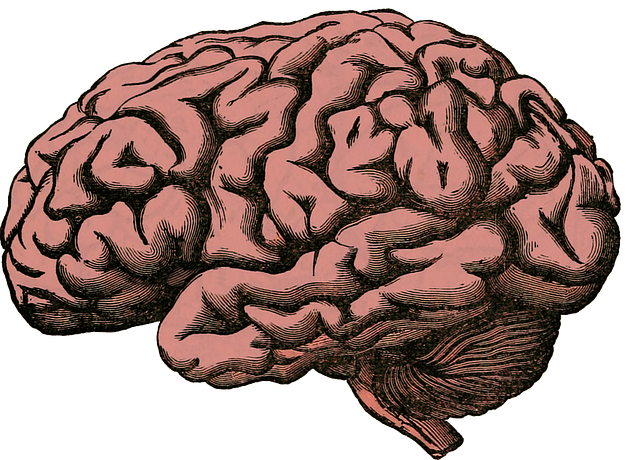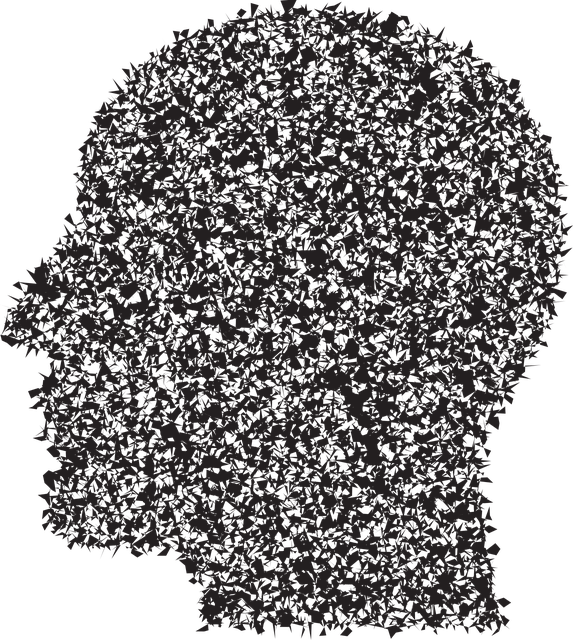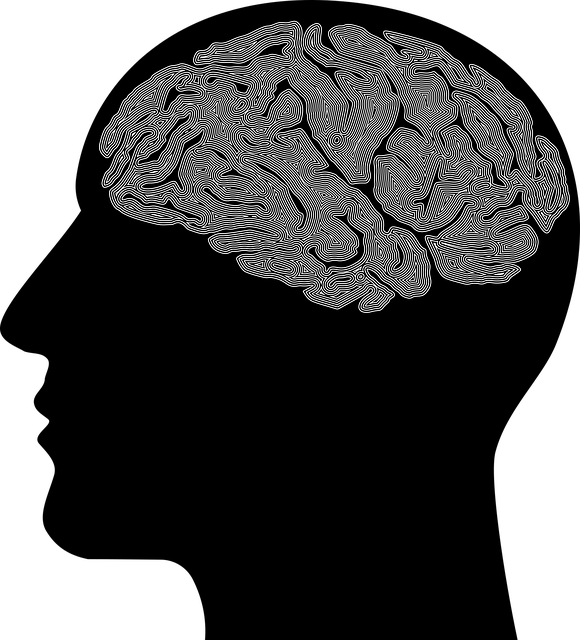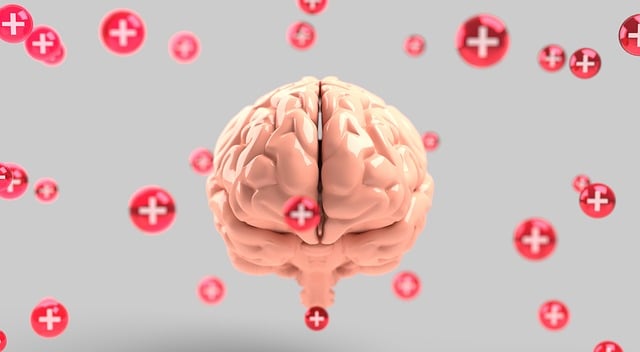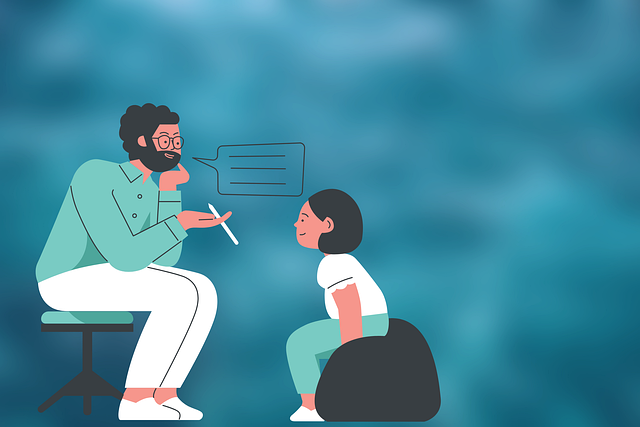Mental wellness apps, modeled after innovative practices like Lafayette Hypnosis Therapy, offer accessible digital alternatives to traditional therapy. These apps incorporate hypnosis techniques, guided meditations, mood tracking, cognitive-behavioral exercises, and personalized recommendations. By empowering users with self-care tools and progress tracking, they complement traditional therapy and make mental health support more inclusive. A comprehensive app should include features like secure messaging, crisis assessment, community forums, and cultural competency resources. Development involves thorough user research, iterative design, feedback from mental health experts, and rigorous testing to ensure effectiveness. Effective marketing strategies leverage social media, client testimonials, engaging content, and interactive elements for higher user retention.
In today’s digital age, mental wellness apps are revolutionizing therapy by offering accessible, personalized support. These innovative tools, akin to Lafayette Hypnosis Therapy, harness the power of mindfulness and relaxation techniques to unlock mental health solutions. This article explores the growing trend of mental wellness app development, delving into key features, the creation process from concept to release, and effective marketing strategies to engage users on their journey towards improved mental well-being.
- Understanding Mental Wellness Apps: The Modern Approach to Therapy
- Lafayette Hypnosis Therapy: Unlocking the Power of Mindfulness
- Key Features for a Successful Mental Health App
- Development Process: From Concept to Release
- Marketing and User Engagement Strategies for Wellness Apps
Understanding Mental Wellness Apps: The Modern Approach to Therapy

Mental wellness apps have emerged as a modern approach to therapy, offering accessible and personalized support for individuals seeking improved mental health and well-being. These digital tools provide a convenient way to incorporate self-care practices into daily routines, enabling users to develop inner strength and resilience. Similar to Lafayette Hypnosis Therapy, which utilizes hypnosis techniques to promote relaxation and positive change, these apps often employ innovative communication strategies to engage and support users.
By integrating features such as guided meditations, mood tracking, cognitive-behavioral exercises, and personalized recommendations, mental wellness apps empower users to actively participate in their own healing journey. They foster a sense of agency, allowing individuals to set goals, track progress, and receive tailored interventions. This proactive approach complements traditional therapy methods, making mental health support more accessible and inclusive for people seeking alternative or supplemental care.
Lafayette Hypnosis Therapy: Unlocking the Power of Mindfulness

Lafayette Hypnosis Therapy offers a unique and innovative approach to mental wellness, unlocking the immense power of mindfulness. This ancient practice has gained modern recognition for its effectiveness in treating various mental health concerns. Through guided meditation and deep relaxation techniques, individuals can access their subconscious mind, challenging negative thought patterns and beliefs that may be hindering emotional regulation.
The therapy focuses on creating a safe and supportive environment, enabling clients to develop a stronger connection with themselves. By mastering mindfulness, users gain valuable tools for risk management planning in their mental health journey. Public awareness campaigns development around hypnosis further promotes understanding and encourages those in need to seek alternative therapeutic methods, fostering a holistic approach to overall wellness.
Key Features for a Successful Mental Health App

A successful mental wellness app should incorporate a variety of key features to effectively support users’ mental health journeys. Firstly, personalized mood tracking allows users to monitor their emotional states throughout the day, helping them identify patterns and triggers. This can be enhanced with integrated Lafayette Hypnosis Therapy techniques, offering guided sessions tailored to individual needs, such as stress reduction or sleep improvement. Additionally, incorporating tools for self-reflection and mindfulness practices enables users to develop coping strategies and build resilience.
Furthermore, the app should facilitate communication between users and healthcare providers through secure messaging or video consultations, bridging the gap in access to mental health services. Incorporating features like risk assessments for mental health professionals ensures a safety net, enabling early identification of potential crises. Other valuable aspects include community forums where users can share experiences and support one another, promoting social connection and a sense of belonging. Cultural competency training resources within the app also cater to diverse user backgrounds, fostering inclusive practices in mental wellness management, including mood management techniques that resonate with various cultural perspectives.
Development Process: From Concept to Release

The development process of a mental wellness app, such as Lafayette Hypnosis Therapy, involves several crucial steps. It begins with an in-depth understanding of the target audience’s needs and pain points related to mental health. Researchers conduct surveys, interviews, and focus groups to gather insights about what features and functions users seek in an app designed for their well-being. This phase is essential for tailoring the app’s content and design to meet specific demands, ensuring it resonates with its intended users.
Once the concept is refined, designers create wireframes and prototypes, laying out the app’s structure, navigation, and visual elements. This iterative process involves continuous feedback from stakeholders, including mental health professionals, to ensure the app aligns with best practices in self-care routine development for better mental health. Incorporating communication strategies and emotional intelligence tools within the app’s framework further enhances its effectiveness. As development progresses, rigorous testing is conducted to identify and fix bugs, ensuring a seamless user experience upon release.
Marketing and User Engagement Strategies for Wellness Apps

Marketing and User Engagement strategies for mental wellness apps are essential to their success. Apps like Lafayette Hypnosis Therapy can leverage social media platforms to create a community around mental health awareness, sharing tips on Anxiety Relief, Stress Reduction Methods, and even showcasing client testimonials. Engaging content such as blog posts, short videos, and infographics that highlight the app’s unique features and benefits will attract users seeking alternative solutions for their mental wellness.
Building user engagement further involves incorporating interactive elements within the app to foster a sense of belonging and progress. For instance, gamification techniques, rewards systems, and personalized dashboards can motivate users to consistently use the app. By offering tailored content based on individual needs, Lafayette Hypnosis Therapy can ensure users receive relevant Social Skills Training and mental wellness support, ultimately leading to higher user retention rates.
Mental wellness apps, such as those inspired by innovative practices like Lafayette Hypnosis Therapy, are revolutionizing access to therapeutic tools. By integrating mindfulness and other evidence-based techniques, these digital solutions offer a convenient and accessible approach to mental health support. When developing a successful app, focusing on key features like personalized content, user engagement through gamification, and robust data privacy measures is essential. The development process requires careful planning from concept to release, while effective marketing strategies target specific user needs, fostering a thriving community around mental wellness apps.
